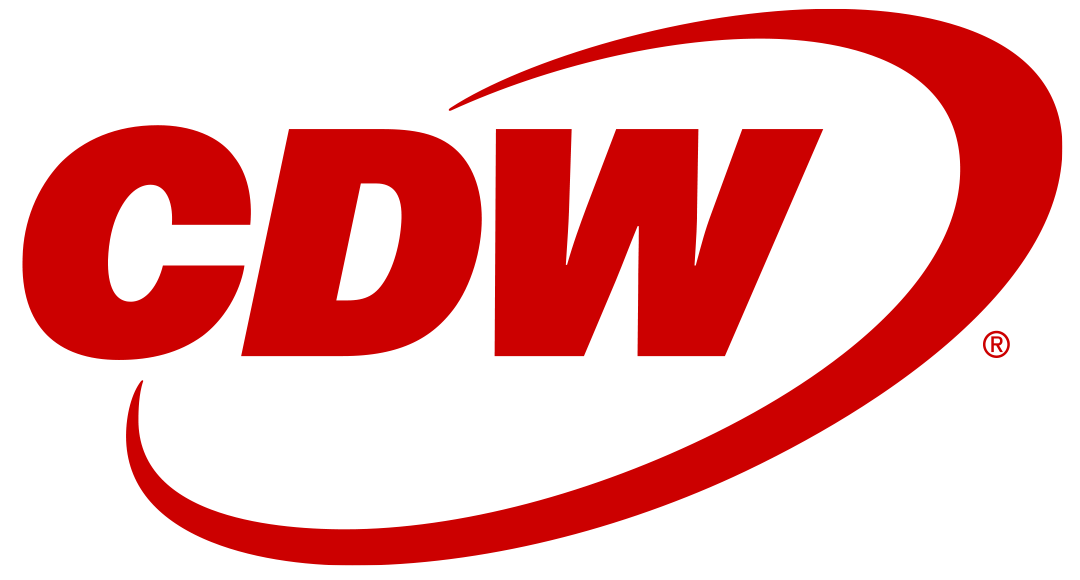
An alarming number of organisations using Windows 7 are unprepared for the migration that will become essential when Microsoft ends support for the platform in less than 18 months1. This creates technical, financial and cybersecurity vulnerabilities. The cost of doing nothing could become too high to even contemplate. Now is the time to act but the migration itself can create risks.
Platform migration is a complicated process, especially in large organisations, and insufficient planning can have far-reaching implications in critical areas including network stability, operating cost and future business continuity. Managing the process in a way that minimises risk requires meticulous planning, application of best practice and consideration of the potential impact on the wider IT environment. As a global specialist in IT orchestration, CDW is positioned to help organisations undertake a safe, successful and secure platform migration.
Here we look at five risks IT directors should be aware of when planning their migration to a more modern operating environment.
1. Delaying Migration
Platform migration is an inevitable step for all forward-thinking organisations. However, of all the computers currently running on Windows, up to 46% are still relying on Windows 72 and the time to complete the migration process before the EoS deadline is running out: for large organisations, enterprise-wide migration can take 12-18 months3. To avoid compromising data security by running an unsupported operating system, organisations need to map out their migration strategy, budget and timeline without delay.
2. Legacy Devices
The limited performance of legacy devices is another area of concern. Compared with the latest Windows 10 Pro devices, PCs that are over five years old could be performing at a significantly lower speed, with slower start-up times and a third of the battery life.4 There are also cybersecurity vulnerabilities to consider. Platform migration can present a number of potential risks when it comes to accessing and securing critical data and managing the upgrade on physical devices. To ensure safe operation once the new platform has been introduced, it is essential to identify all machines that will be excluded from the upgrade, including mobile devices, and safely extract all critical information from them. Organisations with a large mobile workforce and a BYOD policy will need to make allowance in their migration timeline to account for the time it takes to recall all devices. If any legacy devices will be left operating on Windows 7, additional security measures should be considered to minimise the risk of passing on vulnerabilities to upgraded machines.
3. Compatibility Issues
Migrating to a new operating system, such as Windows 10, can jeopardise compatibility with existing legacy infrastructure and any bespoke applications the organisation is running, such as HR software or stock management programmes. An audit will help identify software and devices that will need to be upgraded to ensure efficient migration and fluid deployment across all levels of the enterprise. Failure to consider these requirements in advance can result in costly and time-consuming upgrades following the migration that can delay service delivery and cause irreversible damage to business reputation and profitability.
4. Future Developments
A platform migration is a complex process and likely to result in some downtime, no matter how carefully it is planned and managed. To minimise the need for any large-scale amendments in the coming years, before commencing the upgrade process organisations need to take a holistic view of their current and future IT requirements to ensure the new platform, as well as the software and hardware relying on it, are ready to adapt to meet any upcoming changes in scalability, resilience and flexibility requirements with minimal cost and disruption.
5. Lack of Training
Employee engagement is critical to achieving the desired ROI of the platform upgrade. While the move to a more modern platform will provide employees with a range of tools that can improve productivity and efficiency, this potential can be left unlocked if employees don’t receive sufficient training in the use of the unfamiliar technology. This can put further pressure on the IT support team, who are already like to be busy managing other aspects of the migration, and can delay the deployment.
Microsoft recently announced three new services to help organisations make the change to a modern desktop. These include the launch of cloud-based analytics tools to make deployment easier, a programme to ensure app compatibility for upgrades and updates of Windows and Office, and changes to servicing and support arrangements.
As an experienced technology partner, CDW provides wrap-around support to help organisations safely navigate the risks a platform migration presents and ensure that the upgrade is carried out within the agreed budget and timeframe.
To find out how CDW can help your organisation achieve a smooth transition from Windows 7, contact your account manager or visit our
- Windows 7 extended support is ending January 14, 2020. While many organisations are well on their way to deploying Windows 10, many others are at a different point in the upgrade process. With that in mind, Microsoft has recently announced that paid Windows 7 Extended Security Updates (ESU) will be available until January 2023. The Windows 7 ESU will be sold on a per-device basis and the price will increase each year. Windows 7 ESUs will be available to all Windows 7 Professional and Windows 7 Enterprise customers in Volume Licensing, with a discount to customers with Windows software assurance, Windows 10 Enterprise or Windows 10 Education subscriptions. In addition, Office 365 ProPlus will be supported on devices with active Windows 7 Extended Security Updates (ESU) until January 2023. This means customers who purchase the Windows 7 ESU will be able to continue to run Office 365 ProPlus.
1. http://www.itpro.co.uk/microsoft-windows/31819/two-thirds-of-businesses-not-prepped-for-death-of-windows-7
2. https://www.computerworld.com/article/3199373/windows-pcs/windows-by-the-numbers-windows-10-marches-on-but-pace-may-be-a-problem.html
3. https://www.uk.insight.com/content/dam/insight-web/en_GB/Buy/shops/riverbad/Windows-10-Migration-Guide.pdf
4. Performance of 6th Gen Intel Core processors in Windows 10 Pro devices, estimated based on Windows 8.1 Local HD Video Playback Power. Comparisons based on Intel Core i5-6200U vs Intel Core i5-520UM.
